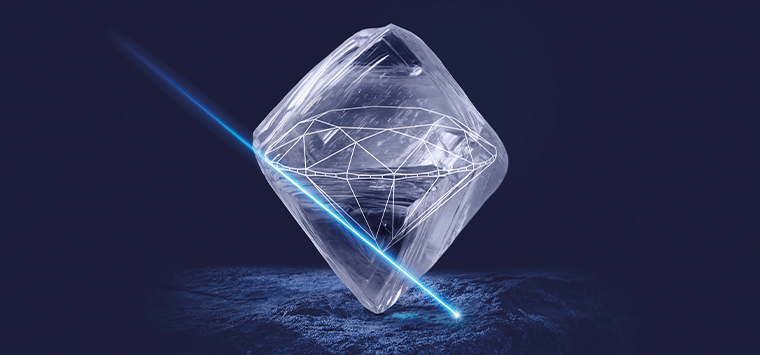Machine learning, or artificial intelligence, otherwise known as ML and AI, is rapidly changing the ways that diamonds are graded. As AI seeps into every aspect of modern life, the diamond industry can’t remain untouched, and AI grading technologies are already available at Sarine labs and in a range of diamond reports and tools for jewelry retailers.
As the benefits of AI in diamond grading become clearer, more and more diamond sellers are turning to AI-based processes to enhance the customer experience and boost sales. However, AI grading has another powerful benefit - the effects of AI stretch back all the way along the diamond pipeline, helping manufacturers to optimize the production process and become more efficient and profitable.
Here are three ways that AI-based analysis and grading affect the diamond manufacturing process too:
Adding flexibility to the diamond pipeline
The journey a diamond takes from rough to polished is long and complex. It involves many players, from miners and manufacturers to gemologists, traders and retailers. It also includes a wide range of technologies and devices at every stage. For instance, diamond mining utilizes various technologies, including artificial intelligence, for improved planning and decision making during drilling, such as geological tracking devices, drones for aerial imaging, and sensors in drilling rigs that collect real-time data. The use of technology, and the involvement of multiple professional and technical experts, continues throughout the manufacturing and polishing process, grading at the gem lab, and the sales funnel - from trader to retailer to consumer.
Although the diamond pipeline is complicated by nature, it is actually designed to serve one ultimate aim - getting a desirable polished diamond to market that will fetch the highest possible price. There is a clear need to simplify the diamond pipeline, streamline the processes and reduce costs, to achieve this aim for the benefit of every party along the way.
Artificial intelligence can do just that by transforming diamond grading into an automated, highly accurate process that is far more efficient than standard processes. AI-based grading supports maximum flexibility in the way that diamonds are analyzed and graded. Advanced scanning and imaging combined with machine-learning based grading algorithms can enable diamond grading in an instant, anywhere, without the need for vast lab infrastructure. The primary goal of a better, more beautiful diamond can finally be achieved with minimal disturbance to the rough-to-polished pipeline.
Better inventory
The ability to easily and quickly grade diamonds with AI-based technology means that manufacturers can optimize their polished yield according to different grading parameters, while the diamond is being processed. AI-based grading can achieve higher accuracy even during the manufacturing stage, ensuring better suitability of inventory for specific markets.
For example, a manufacturer can finetune its pipeline for high clarity diamonds, based on sorting processes that can only occur with the help of automated, fast and accurate AI-based clarity grading. Instead of flooding the market with assorted polished diamonds that are graded after the manufacturing process, diamond producers can leverage flexible AI-based grading procedures to funnel their polished inventory to the right customers and markets, or even to adapt their manufacturing process in real-time according to grading data and customer demands.
The ability to produce better inventory not only helps to increase revenue; it also optimizes the manufacturer’s ability to serve its customers and boost its brand in a competitive market.
Reduced manufacturing times
In the quest to maximize polished diamond yield and quality, manufacturers often send polished diamonds out to gem labs to improve the grading results. In many instances, the manufacturer may even send the diamond out to a gem lab multiple times for repeated grading analysis and the provision of grading data during the manufacturing process. This draws out the production line, making the process longer, costlier, more cumbersome and less efficient.
With the help of AI-grading technologies that are accessible and instant, manufacturers can vastly reduce the back-and-forth involved with optimizing the diamond grade. Apart from simplifying and streamlining this process, AI grading has an additional impact on the manufacturing pipeline that is critical to efficiency - it shortens manufacturing times, which also reduces costs, all the while even improving on the quality and accuracy of diamond grading.
The diamond pipeline no longer just reaches forward, from rough to polished. The impact of AI can be leveraged even during diamond production and positively affects the ways that manufacturers operate. And this is a powerful benefit for all players in the global diamond industry.





-1.jpg?width=310&name=blog_image%20(003)-1.jpg)





